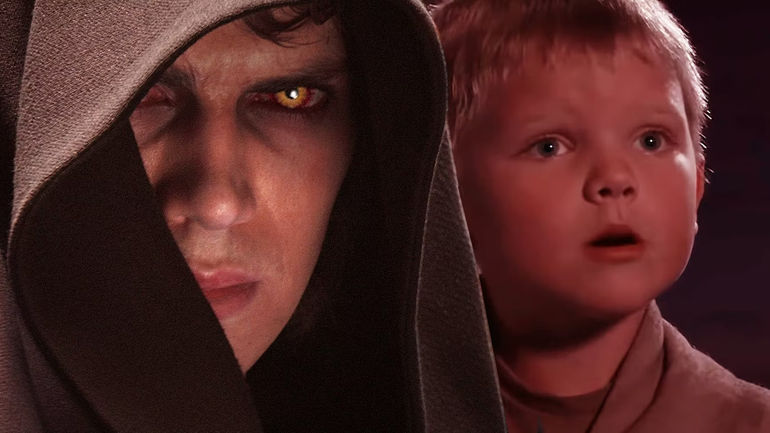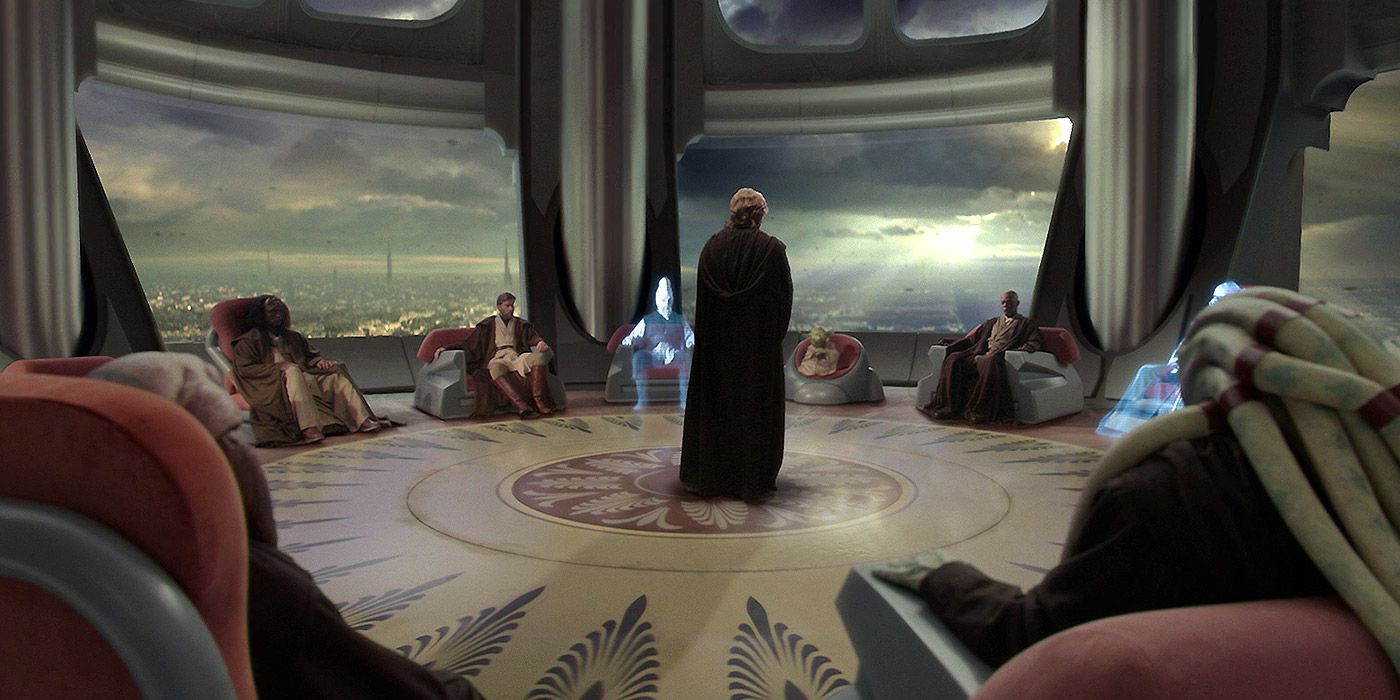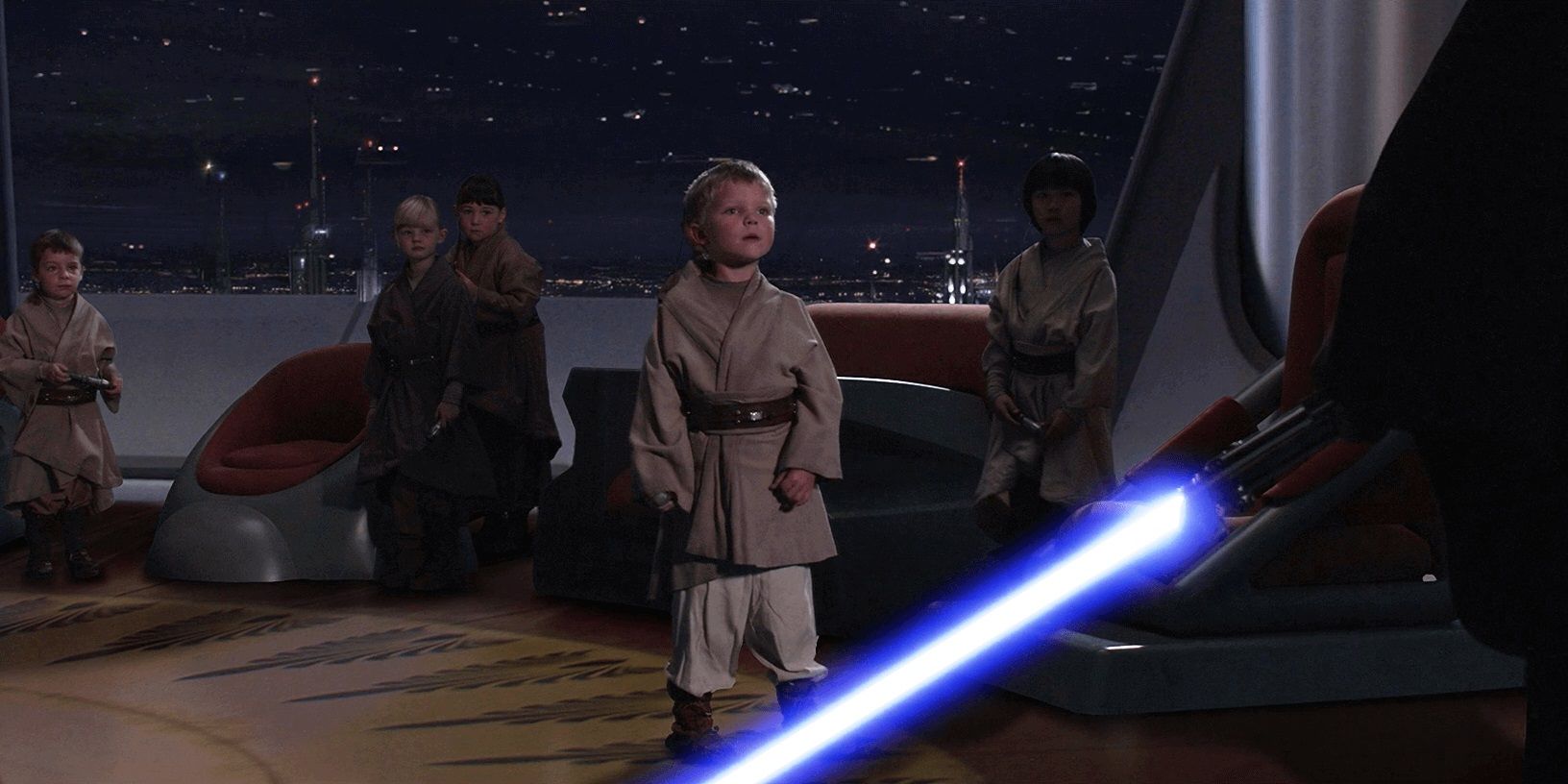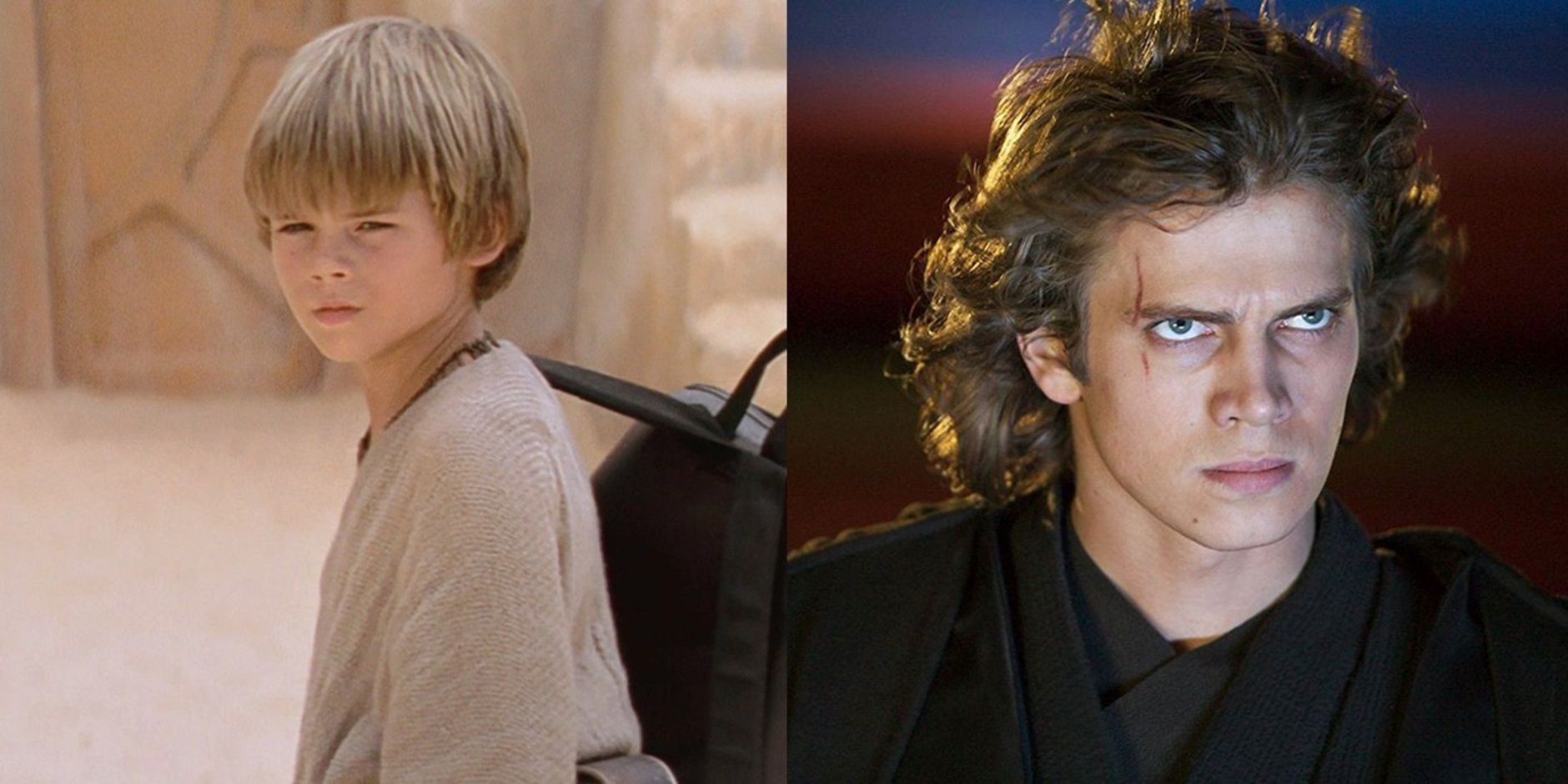
Uncovering a Darker Perspective on Anakin Skywalker's Youngling Massacre in Star Wars

Delving into the depths of Anakin's heinous deed reveals a chilling truth.
Darth Vader's brutal youngling massacre in Star Wars: Episode III - Revenge of the Sith is considered one of the most horrific scenes in the Star Wars franchise. In this movie, the newly-named Darth Vader leads the 501st Clone Battalion in an attack on the Jedi Temple as part of Order 66. Unfortunately, very few Jedi manage to survive Order 66, even those within the Temple, due to Anakin's involvement in the assault.
The most heart-wrenching moment occurs when Anakin Skywalker has to face the younglings. Initially, these children trust him and seek his help, but they quickly realize something is amiss once he ignites his lightsaber. This massacre of the younglings plays a pivotal role in Anakin's descent to the dark side, marking the point of no return and symbolizing the loss of his innocence - especially since the main youngling character is purposely chosen for their resemblance to the young Anakin from Star Wars: Episode I - The Phantom Menace. However, there is one more subtle parallel that adds even more depth and symbolism to this tragic scene.
Revenge Of The Sith's Parallels Show Anakin's Life Going Full Circle
Anakin Skywalker stands before the Jedi Council in Star Wars: Revenge of the Sith - Revenge Of The Sith's Parallels Show Anakin's Life Going Full Circle
Anakin's journey in Star Wars: Episode I - The Phantom Menace and Star Wars: Episode III - Revenge of the Sith reveals a significant full circle moment, highlighting the impact of the Jedi Council's errors on his life. In The Phantom Menace, we see young Anakin facing the Jedi Council in their chambers on Coruscant, a place far from his home on Tatooine with his mother.
Despite just being separated from his mother and brought to the Council by Qui-Gon Jinn, Anakin is not warmly welcomed. The Jedi, especially Mace Windu, show hostility towards him. They proceed to test his Force abilities, with Master Yoda expressing concerns about Anakin's attachment to his mother and fear of losing her. Yoda's warning about the potential dark path ahead isn't exactly a pleasant introduction for the young boy.
Anakin Committed His Youngling Massacre In The Very Same Room
In Revenge of the Sith, Anakin stands in front of the Council in the same spot, still being scrutinized. In this scene, Anakin is being included on the Council with the caveat that he is not being granted the rank of Jedi master. Anakin is outraged, which furthers the Council's concerns, but the issue is again the Jedi's approach. Palpatine had made this request (if it can be called that) of his own accord; Anakin didn't even know it was happening. Despite that, the Council treats him yet again as a threat, which underscores their continued problematic treatment of Anakin.
A youngling boy stands in the middle of the Jedi Council's chambers looking shocked as Anakin draws his lightsaber - Anakin Committed His Youngling Massacre In The Very Same Room
The youngling massacre is considered one of Anakin's most horrifying actions in all of Star Wars, and it took place in the same room shown in these parallel images. The Jedi younglings sought refuge in the Jedi Council Chambers, thinking it was a secure place, during the attack on the Jedi Temple. It is a heartbreaking realization, but the decision to have Anakin commit his massacre in this particular room was purposeful in the Star Wars storyline.
Killing Jedi as he made his way through the Jedi Temple and murdering the Tusken Raiders in Attack of the Clones were already shocking acts committed by Anakin. However, the situation involving the younglings feels even more terrifying and unique. While all life is valuable, there is something particularly disturbing about the act of killing children. This event was crucial in solidifying Anakin's descent to the dark side of the Force. Despite also killing Tusken Raider children, the younglings' deaths had a different impact in various aspects.
Although the slaughter of the younglings is inexcusable, and despite the fact that the children were innocent, the massacre in Revenge of the Sith was a result of a cold-blooded decision. In Attack of the Clones, Anakin's actions were driven by the abduction, torture, and death of his mother, which doesn't justify his actions but at least provides some context of his grief. However, in Revenge of the Sith, there is no such justification for the brutal killing of the younglings. The fact that they were all confined in one room adds to the brutality of the act. Furthermore, the younglings, who trusted Anakin and believed he was there to help them, experienced a nightmarish betrayal of innocence.
The Youngling Massacre Was Effectively Anakin's Own Death
Split image of Jake Lloyd and Hayden Christensen as Anakin Skywalker - The Youngling Massacre Was Effectively Anakin's Own Death
The parallel images and connection to the youngling massacre in Anakin's Jedi path are not accidental. They both reflect his journey. In The Phantom Menace, Anakin is a kind young boy who helps others. However, the Jedi are cold and neglectful, leading to Anakin's fall.
The connection to Anakin killing the younglings symbolizes Darth Vader killing off Anakin Skywalker in Order 66. George Lucas wanted the boy who asks Vader for help to resemble young Anakin. This act of violence, especially against children, represents the death of his former self. It showcases the depth and symbolism of Star Wars.
Stream Star Wars on Disney+
Editor's P/S:
The article delves into the significance of Darth Vader's youngling massacre in "Star Wars: Episode III - Revenge of the Sith," highlighting its pivotal role in Anakin Skywalker's descent to the dark side. The parallel scenes between the Jedi Council's treatment of Anakin and his subsequent massacre reveal the Jedi's problematic approach and the tragic consequences of their neglect. The article's analysis of the parallels and symbolism adds depth to the scene, showing how Anakin's actions reflect his own journey and the loss of his innocence. The deliberate connection between the youngling who resembles young Anakin and Vader killing the younglings symbolizes the death of Anakin Skywalker and the birth of Darth Vader. Overall, the article provides a nuanced exploration of one of the most harrowing scenes in the "Star Wars" franchise, shedding light on its narrative and thematic significance.
















